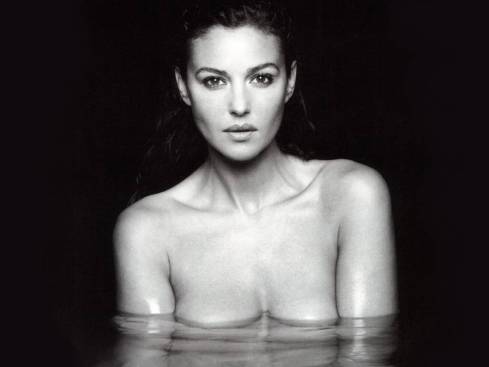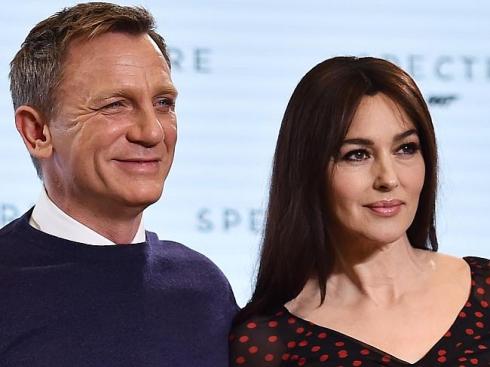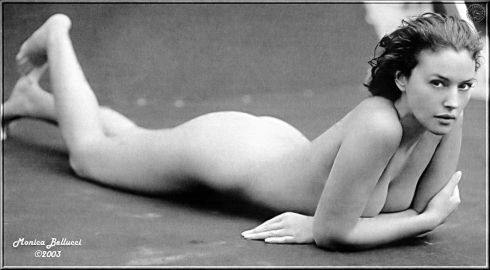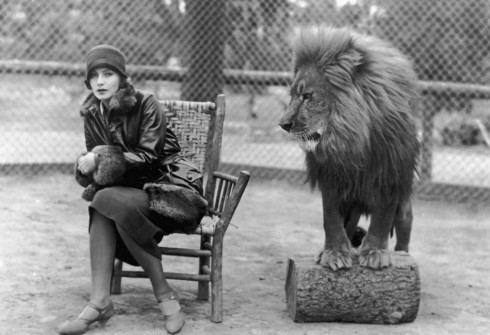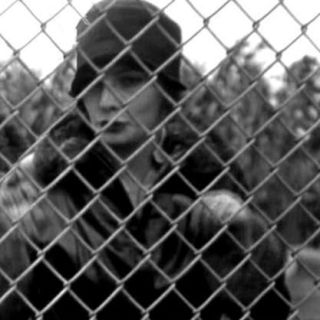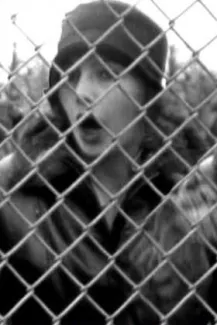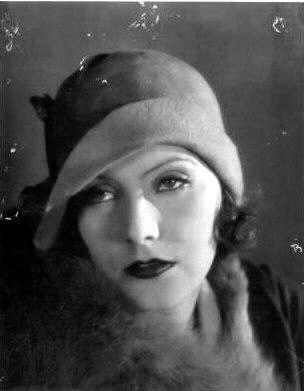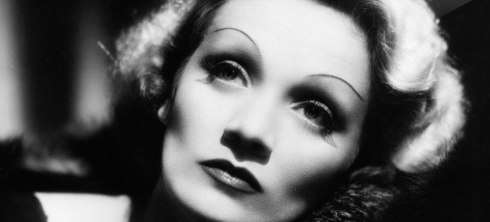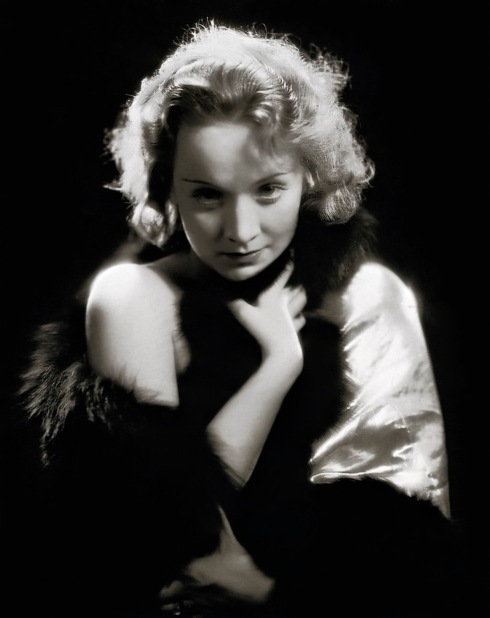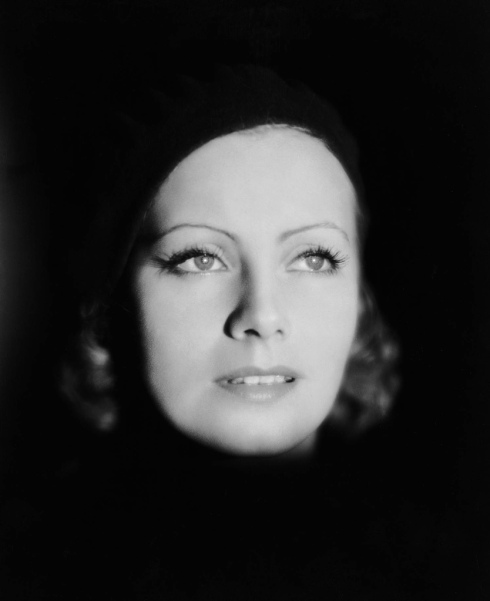I’ve always loved Monica for her classic yet voluptuous beauty. She is considered one of the most beautiful women in the world since she made the scene over thirty years ago now. And in keeping with her stature, Monica will soon be making her debut as the world’s oldest bond girl. At 50, Monica is by far the oldest actress to don the title, shattering the carefully constructed image of an aging James Bond while his myriad love interests stay twenty-three for eternity.
Granted, Monica Bellucci is no ordinary 50 year old. Quite the opposite, in that she grows ever more beautiful with every passing year. In actress years, Hollywood would have put her out to pasture if it wasn’t for the fact that she is more stunning than actresses half her age. She wears her years with an incredible resiliency, to the point where her age is one of her main attractors. Not only is she comfortable in her own skin, Monica exudes confidence and mature sexuality that a twenty-two year old actress could never compete with, no matter who she is.
Monica Bellucci’s career has spanned several decades now. She’s taken on a wide-ranging spectrum of roles, some of them better-written than others. But what is consistent about all of them is what Ms. Bellucci brings to every role: a poise, sensuousness and presence that makes the camera fall in love with her every time she steps into frame. Your eye is drawn to her face immediately. Her large brown eyes are so expressive they seem to radiate from within. Her body so statuesque and generous in curves and proportion you cannot but think of her as a classical beauty for the ages. But Monica’s greatest asset is her ability to translate a vulnerability and accessibility juxtaposing her own intense female beauty. Her beauty does not intimidate as much as exude the classical “come hither” of Marilyn Monroe, Rita Hayworth and Ava Gardner.
The announcement by the producers of the next James Bond movie, titled SPECTRE, that Ms. Bellucci would be the next Bond Girl was applauded around the world. Finally, Bond was growing up and going to become involved with a woman his own age. It was a smart move for an aging franchise. And the best part about it was the fact that the producer’s knew they weren’t sacrificing anything in reaching out to an older actress. In fact, they scored a coup in getting Monica because not only is she gorgeous, but she has the reputation of classing-up every project she is in. And, last but not least, she is at the end of the day a seasoned, fantastic actress with a worldwide fan base. So smart, guys.
Bringing Monica to a new generation of movie goers who may not be familiar with her is going to be a genuine treat. I have the distinct feeling that leading up to the release of SPECTRE, we’re going to see a lot of Ms. Bellucci in social media and traditional print. Because she bridges the gap between the younger generations and the ones that come before. Because her beauty is so magnetic and intoxicating. And because we need an older woman with timeless beauty to break the internet next.
Monica is as close as we can get in today’s youth-obsessed society to a bonafide sex goddess in the vein of Greta Garbo, Marlena Dietrich and Hedy Lammarr. She is not afraid to show skin and brings a European sensibility to her nude scenes. Never vulgar or gratuitous, Monica can hold your attention without saying a word. Your eyes gaze upon her and are immediately transported to another place and time. She is, in short, a movie star in the classic sense. And one that new generations will not be able to get enough of once they discover her in the greatest mainstream movie franchise ever created, that of James Bond.
About the greatest compliment I can extend to Ms. Bellucci is that she doesn’t need to be in James Bond. In fact, they need her more than she needs them. Her career and reputation have already ensured her place in film history as one of those rare beauties that defy stereotype and typecasting. But why I think she accepted the role playing in such a commercial venture is the opportunity to show that not all Bond Girls need to be vapid, twenty-year old after thoughts for James to dally with and dispose of like his other overpriced toys. What Monica brings is a Bond Woman who can not only carry her own – but take or leave Bond himself. And what could be more attractive than that!
I’m very much looking forward to seeing this new iteration of Bond Woman. I can’t wait to see what Monica does with the role and how Daniel Craig’s James Bond must deal with a mature, commanding and ultimately domineering beauty with brains. It is a fascinating plot-wrinkle (no pun intended) to see him hold his own with a woman his own age. No small task for the Peter Pan of Spy Movies. But I have a feeling Craig’s Bond will grow up a little in this next outing, thanks to Monica. And have a lot of fun doing it, of course. As will the audience.
One more shot of the unbelievably-gorgeous Monica Bellucci to hold you over while we wait for her appearance in SPECTRE!


